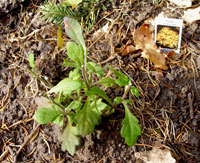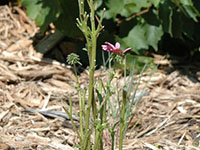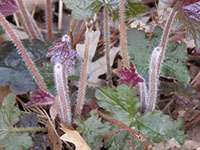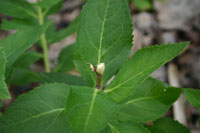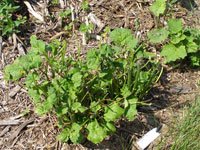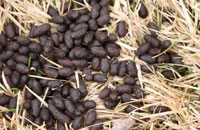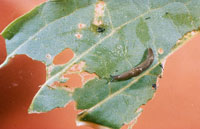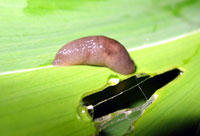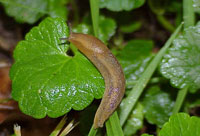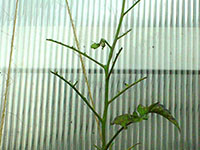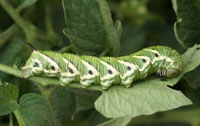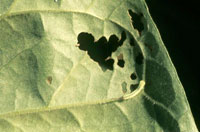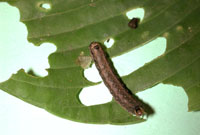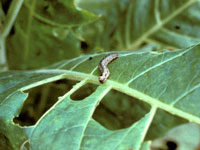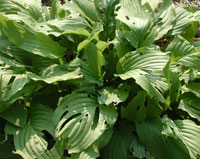Extension > Garden > Diagnose a problem > What's wrong with my plant? > Annuals and Perennials > Petunia > Holes in leaves or leaves chewed off
Petunia > Leaves > Holes in leaves or leaves chewed off
1 of 5
Rabbit
- All or large sections of leaves are cut off and missing, leaving only a stem or petiole
- Plants are cut off with a clean-cut angle (45°), not ragged
- Animal foot prints or droppings may be seen near plant
- Damage often happens suddenly, often overnight
2 of 5
Deer
- All or large sections of leaves are cut off and missing, leaving only a stem or petiole
- Plants are not cut off clean, but ragged
- Animal foot prints or droppings may be seen near plant
- Damage often happens suddenly, often overnight
3 of 5
Slugs
Latin Name
- Occur in spring and summer
- Chew ragged, irregular shaped holes in leaves that cross the veins
- Silvery shiny winding trails may be seen on leaves
- Soft-bodied, brownish, up to two or more inches long; snails without shells
- Feed primarily at night
- More information on slugs
4 of 5
Tomato Hornworm
Manduca quinquemaculata
- Damage occurs July through September
- Chews leaves, can completely defoliate plants
- Generally green in color
- Has a series of V-shaped white markings along the abdomen, and a horn at the tip of the abdomen that is usually black; grows up to four inches long
- More information on Tomato Hornworms
5 of 5
Variegated Cutworm
Peridroma saucia
- Chews irregular holes between veins of leaves; can completely eat leaves
- Feeds on flowers and bores into buds
- Caterpillar is dark-colored (brown to black); approximately 1 ½ to 2 inches long; series of pale yellow diamond-shaped spots along the top of the body starting near the head
- May have dark-colored ‘W’ near the posterior end of the body
- Curl into ball when disturbed
- More information on Variegated Cutworms



